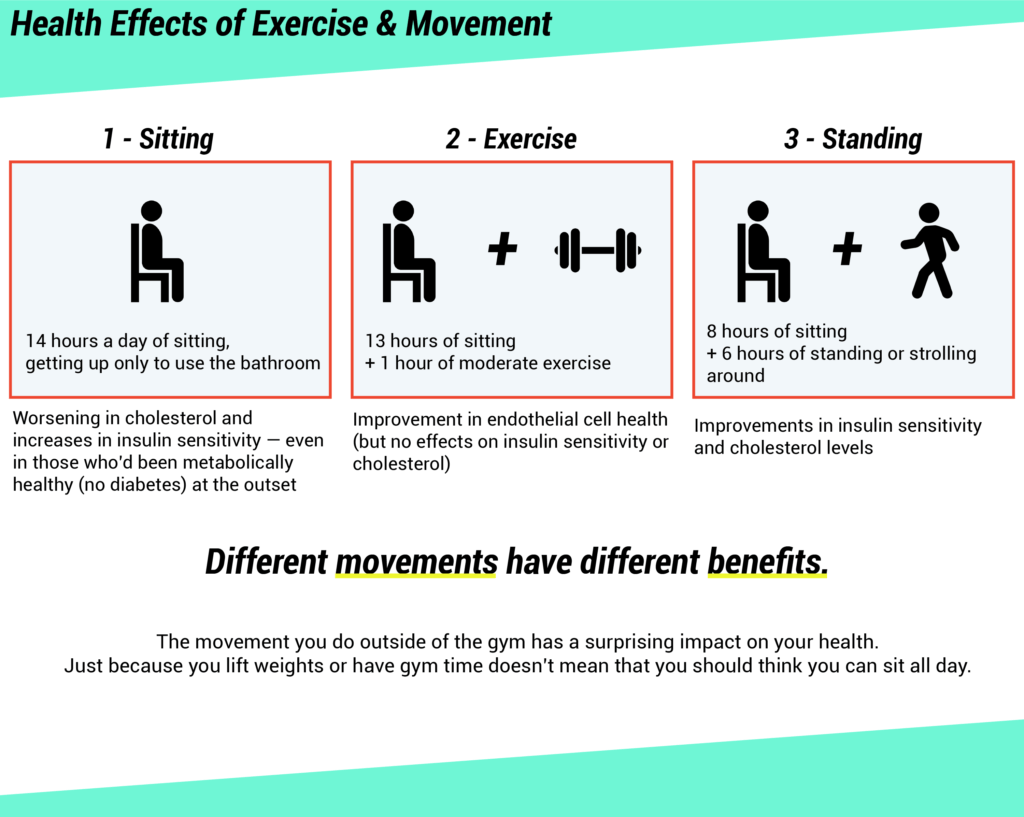
The belief that keeping it simple doesn’t work is embraced in every area of life — except exercise. Unless a behavior is deemed extreme or challenging, people don’t think it will be effective.
This belief that fitness has to be hard is dangerous, but it’s also why so many people don’t see results, get frustrated, and generally miss all the easy ways to stay healthy.
Even though you must put in some time and effort, it’s not as much as you might think. The amount of time and effort you need to invest to see a difference in your health and well-being is relatively tiny.
If you’re looking for a place to start your routine or want to make slight changes that will significantly impact you, it’s time to start walking. Here’s why and how walking can help you lose fat.
Is Walking Better Than Running?
Many assume that consuming healthy foods automatically leads to weight loss, but this is untrue. Overeating healthy food can still result in weight gain. Therefore, it is essential to maintain portion control, even with nutritious options.
It can be hard to distinguish between “healthy habits” and “fat loss habits,” but it’s essential.
Conversely, just because something helps with fat loss does not necessarily mean it’s healthy. Dr. Mark Haub, a professor at Kansas State University, proved this when he lost 27 pounds following a Twinkie diet.
This is also true of exercise – people can’t seem to agree on the best type of exercise.
When the goal is weight or fat loss, some say that certain types of exercise, like weightlifting, are more effective than others, like running.
How many calories you burn depends on how much time you have, your goals, and what you’re capable of. If you go for a run and push yourself, you’ll burn more calories. But it’s not just about the intensity of the run; it’s also about how often you’re running and your goals.
Let’s say you only ran two days per week for 45 minutes. But let’s also say you hated it; it led to some aches and pains, and those feelings (emotionally and physically) made you a very inconsistent runner.
Now, compare that to going on a 30-minute walk daily at a brisk pace while listening to your favorite podcast.
Your total amount of exercise (150 minutes vs. 90 minutes) would increase, your movement frequency would be more (5 days per week vs. two days), the stress on your joints would be reduced, your stress levels would go down, and your motivation would go up.
Not to mention, if you did other forms of exercise—such as weight training or playing a sport—walking would function as a form of active recovery, which would help your muscles recover quicker and reduce soreness.
So, is walking “better” than running? It’s not on a minute-by-minute comparison, but it could be a healthier and more consistent option.
In general, lower-intensity exercise has many benefits, and this type of training can also help you overcome weaknesses you didn’t even know existed.
Can Walking Help with Fat Loss
While it doesn’t make headlines because it’s not sexy, walking gets the job done much better than people think if you put in consistent effort.
Think of every step you take as a small win. In a 2011 study published in the journal International Journal of Behavioral Nutrition and Physical Activity, researchers found that taking a 5-minute walking break every hour could burn 660 calories per week.
Extrapolate that you could lose about 9 to 10 pounds over a year by adding the 5-minute walks.
Of course, over an 8-hour day, which amounts to 40 minutes of walking per day for at least five days per week. And not everyone can get up every hour to go for a walk. It’s a commitment, but you could still see a difference even if you did half of it.
Some of the most prominent celeb trainers, such as Harley Pasternak, are best known for focusing on daily steps as a foundation for health and fat loss. Pasternak sets a goal of 12,000 steps per day for his A-list clientele, which is a whos-who ranging from Ariana Grande and Lady Gaga to LL Cool J and Adam Levine.

Proven Health Benefits of Walking
The health benefits of walking should not be understated, and research shows that they are undeniably beneficial.
New research from the Netherlands compared several types of exercise and movement (and lack thereof) on health markers. You’ll know “health markers” as the “under-the-hood” breakdown of how your body feels and whether you’re healthy.
The study investigated the specific effects of:
Each has a distinct impact on your body, measured in as little as four days.
In this study, researchers recruited 61 adults — some who were healthy, some who were overweight, and some who were overweight and diabetic. None were exercisers before the study. The scientists then had the group follow three different living patterns, each for four straight days. The patterns were:
➤ 14 hours a day of sitting, getting up only to use the bathroom (sounds like my life after an early morning workout)
➤ 13 hours of sitting + 1 hour of moderate exercise.
➤ 8 hours of sitting + 6 hours of standing or strolling around
Participants underwent a series of health tests before and after each block. The results:

➤ The sitting period worsened cholesterol and insulin sensitivity, even in those metabolically healthy (no diabetes) at the outset.
➤ The exercise period improved endothelial cell health (which keeps your blood vessels flexible, supple, and strong), but no effects on insulin sensitivity or cholesterol.
➤ The standing/strolling period led to improvements in insulin sensitivity and cholesterol levels
The lesson is that movement has benefits, and you shouldn’t consider exercise as “checking off” all the health boxes. Just because you lift weights or have gym time doesn’t mean you should think you can sit all day. Also, walking has surprising health benefits (yes, it will burn some calories, too). This is very much in line with what we’ve been saying for a long time:
The movement you do outside the gym has a surprising impact on your health and weight loss.